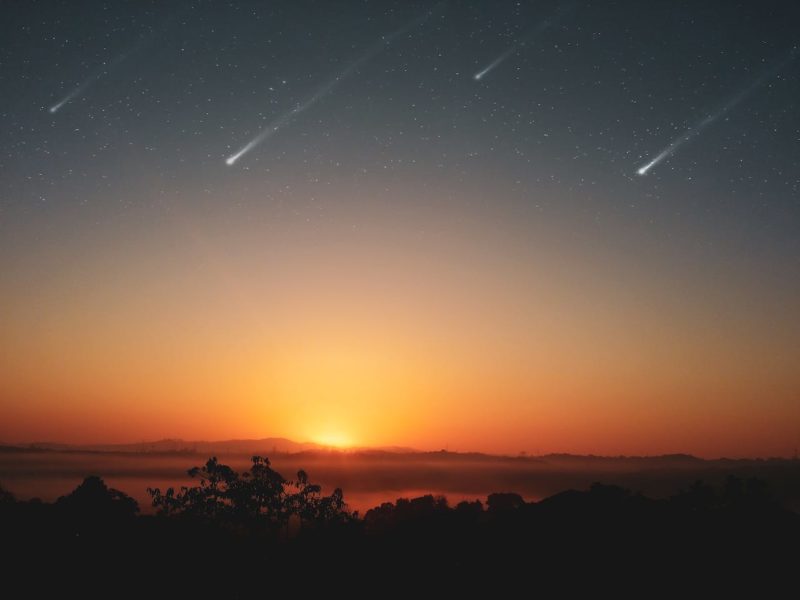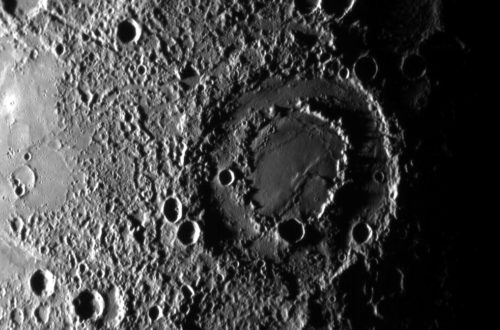What Is the Antihelion Source Meteor Shower?

Discover the celestial wonder of the Antihelion source meteor shower, a stunning display of meteors originating from the direction opposite to the Sun. Learn about this unique cosmic event and its intriguing display across the night sky.
What Is the Antihelion Radiant
The antihelion radiant (also known as anthelion) is a point opposite of the Sun in the sky from the observer’s perspective. This point is just like planets at opposition, except for meteors.
When the Sun sets, the Antihelion radiant rises in the east and reaches its highest elevation approximately 1 a.m. local standard time (2 a.m. DST). It’s not at midnight because of Earth’s velocity through space. The radiant appears 15° east of its true position, peaking around 1 a.m. instead.
What Is the Antihelion Source Meteor Shower
The Antihelion source meteor shower is caused by the Earth passing through a trail of debris thought to originate from comets and asteroids under Jupiter’s influence. The radiant point of this meteor shower lies near the Antihelion point, which is the direction opposite to that of the Sun in our sky.
Although not as well-known as some other meteor showers, such as the Perseids or Geminids, the Antihelion source meteor shower can still produce up to 4 meteors per hour at its peak. This makes it an exciting event for those willing to search for sporadic meteors in any part of the sky during its active period from December 10 to September 10 each year.
This little stream of meteors used to have unique meteor shower names, such as the Chi Orionids in December or the Virginids in February and early spring. They are now classified under the single heading of the Antihelion source.
Difference Between Helion and Antihelion
Helion meteors are similar to Antihelion ones, but their radiant is the same direction as the Sun, making them practically impossible to spot. They are composed of meteoroids inbound from the direction of the Sun. Both categories are thought to originate from Jupiter-influenced comets and asteroids.
In short, the difference between Helion and Antihelion meteors is that the Helions radiate from the direction of the Sun, while the Antihelions radiate from a point opposite to the Sun in the sky.
Tips for Observing the Antihelion Source Meteor Shower
Observing meteor showers is a thrilling experience for any astronomy enthusiast. When it comes to the Antihelion source meteor shower, there are a few tips that can make your celestial experience even more unforgettable.
Firstly, find a location with minimal light pollution and an unobstructed view of the sky. The shower’s radiant point lies near the Sun’s Antihelion point, so look in the opposite direction of the Sun in the sky.
It is also recommended to bring along binoculars or a telescope for optimal viewing. As this meteor shower is known for its sporadic nature, patience and persistence are key.
Conclusion
The Antihelion source meteor shower dazzles from the sky’s opposite side to the Sun. Earth passes through debris from comets and asteroids from December to September. Unlike other showers, its meteors emerge from a point opposite to the Sun.
For prime viewing, find a dark spot, look at the point opposite to the Sun in the sky, and pack binoculars for the best experience. Let the magic of the night sky ignite your curiosity and wonder, beckoning you to explore the infinite beauty above.
Would you like to receive similar articles by email?





